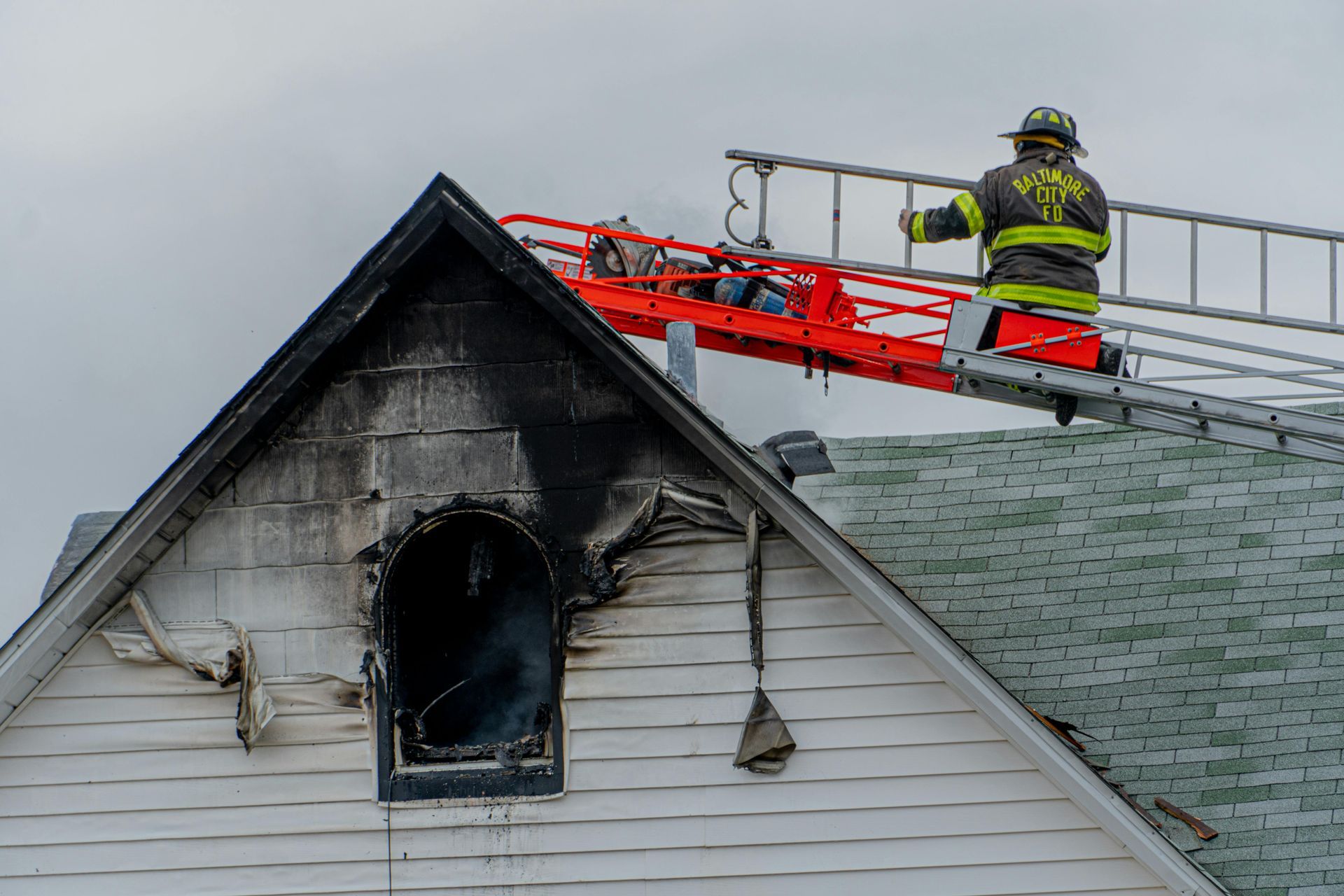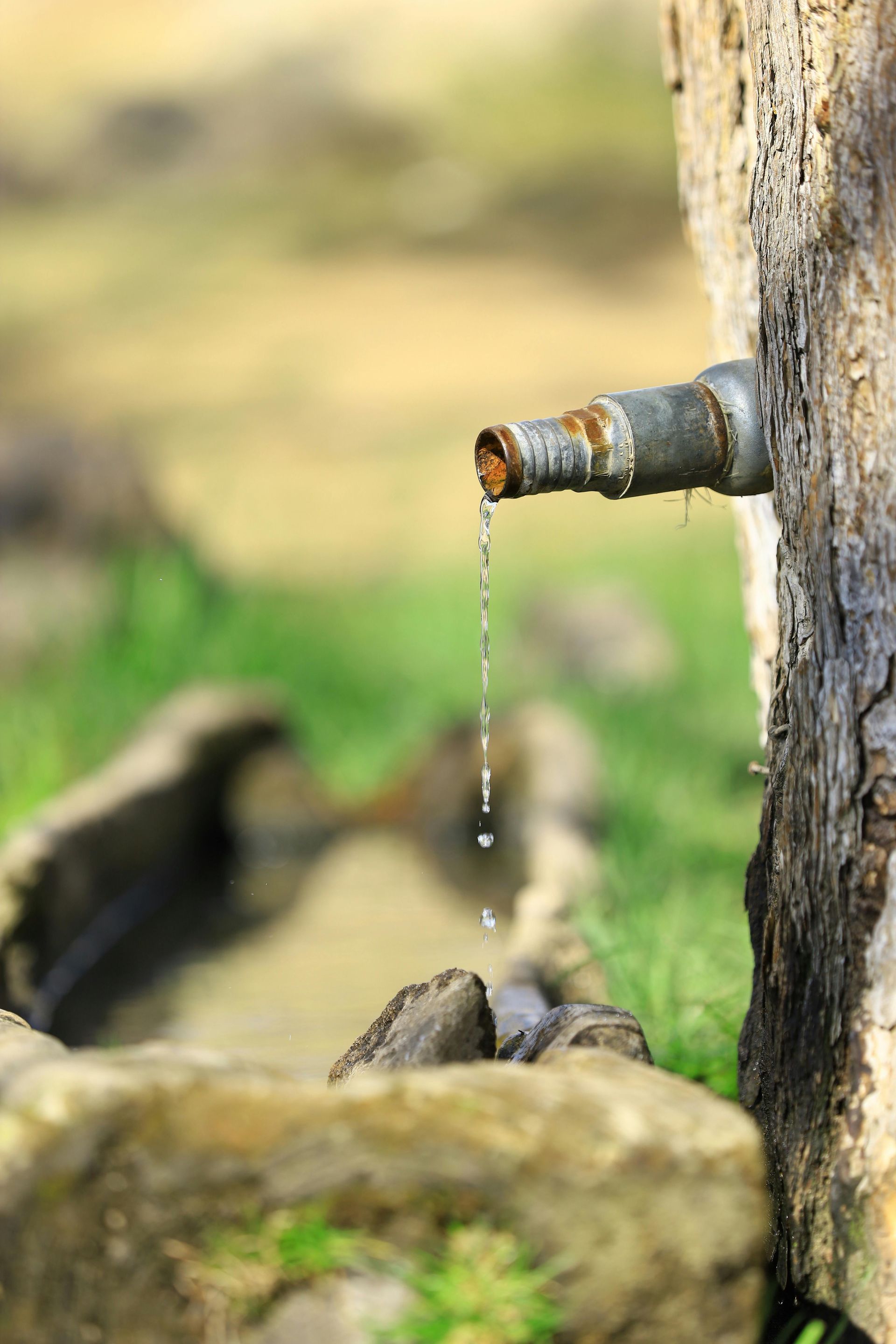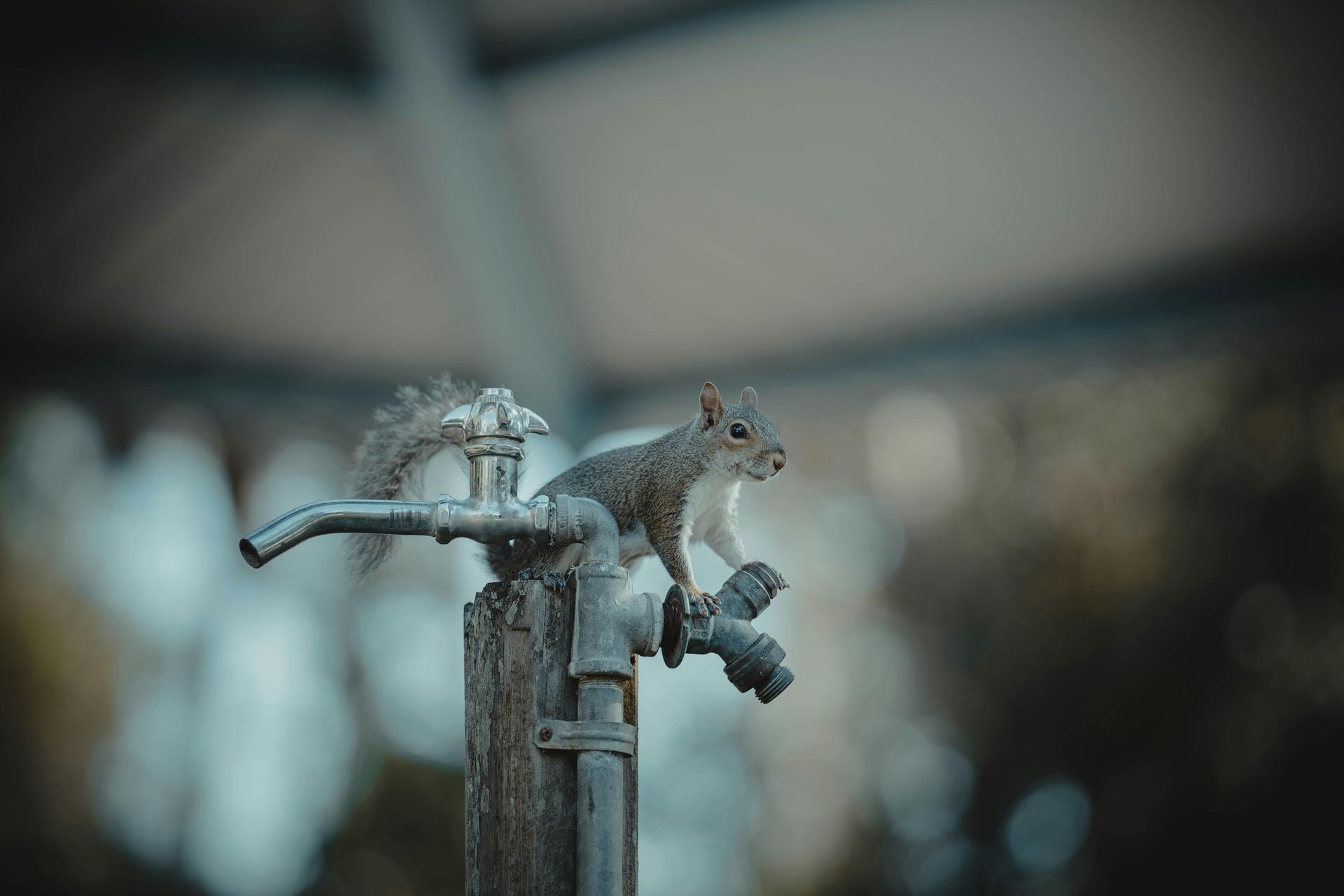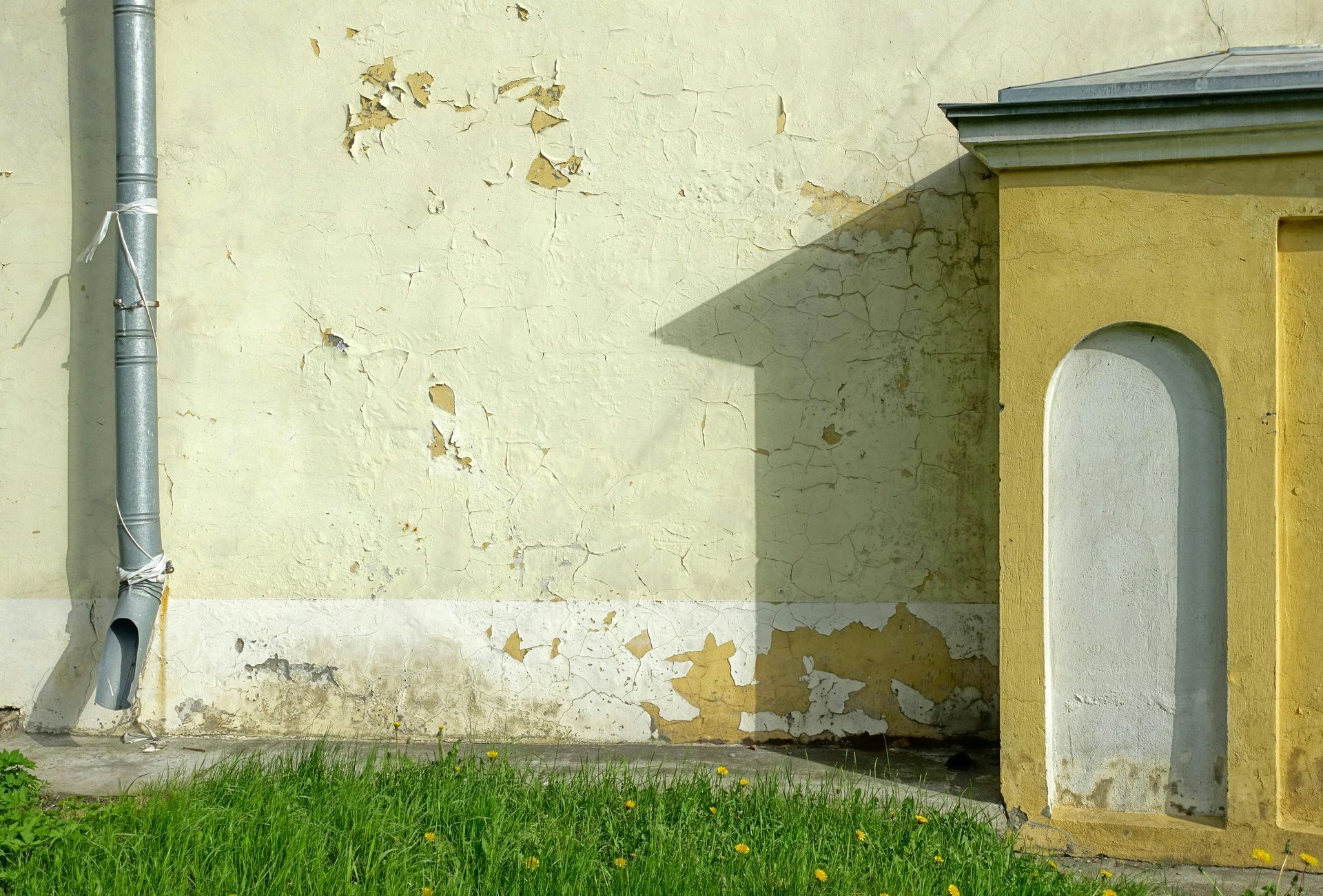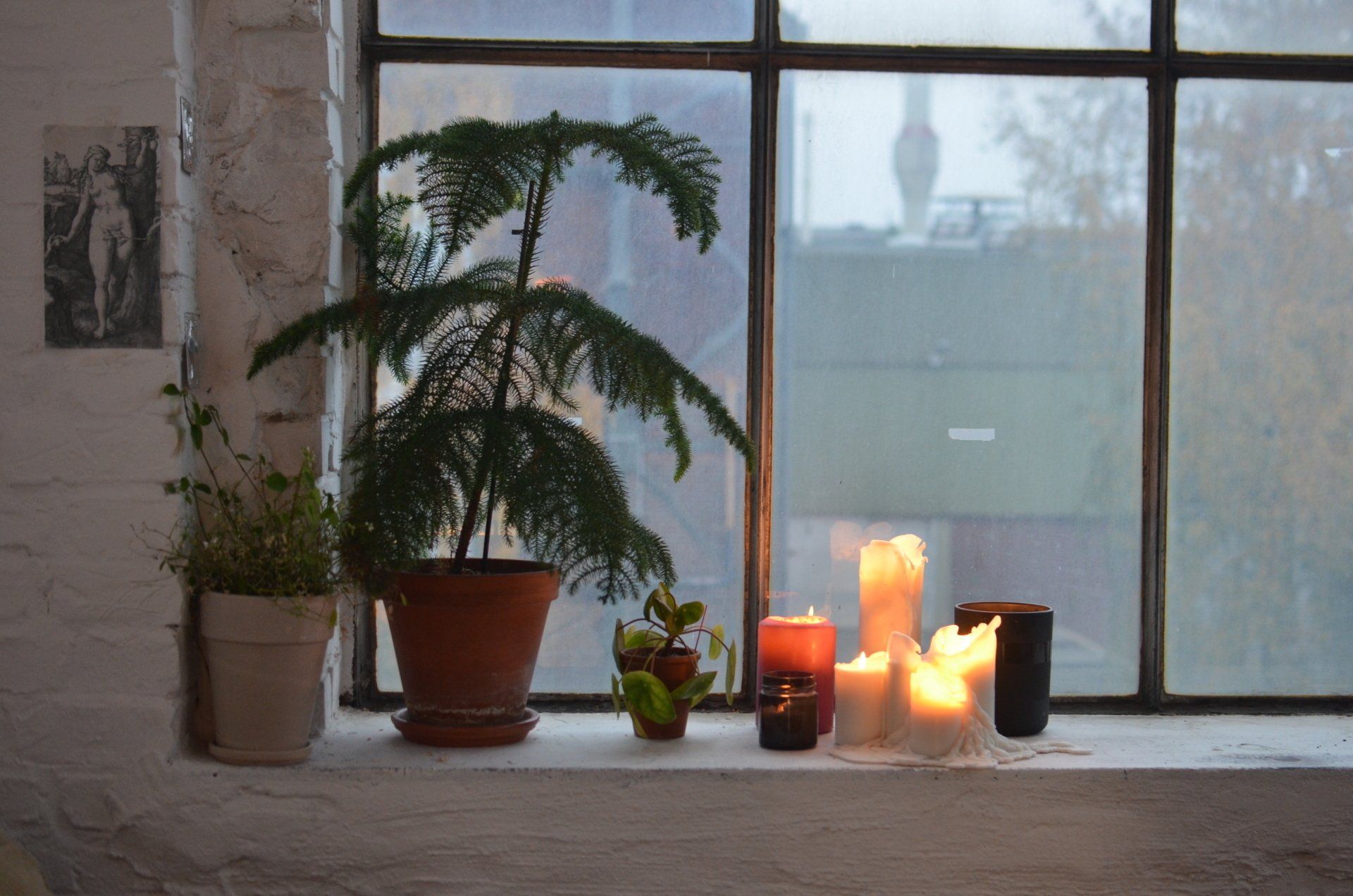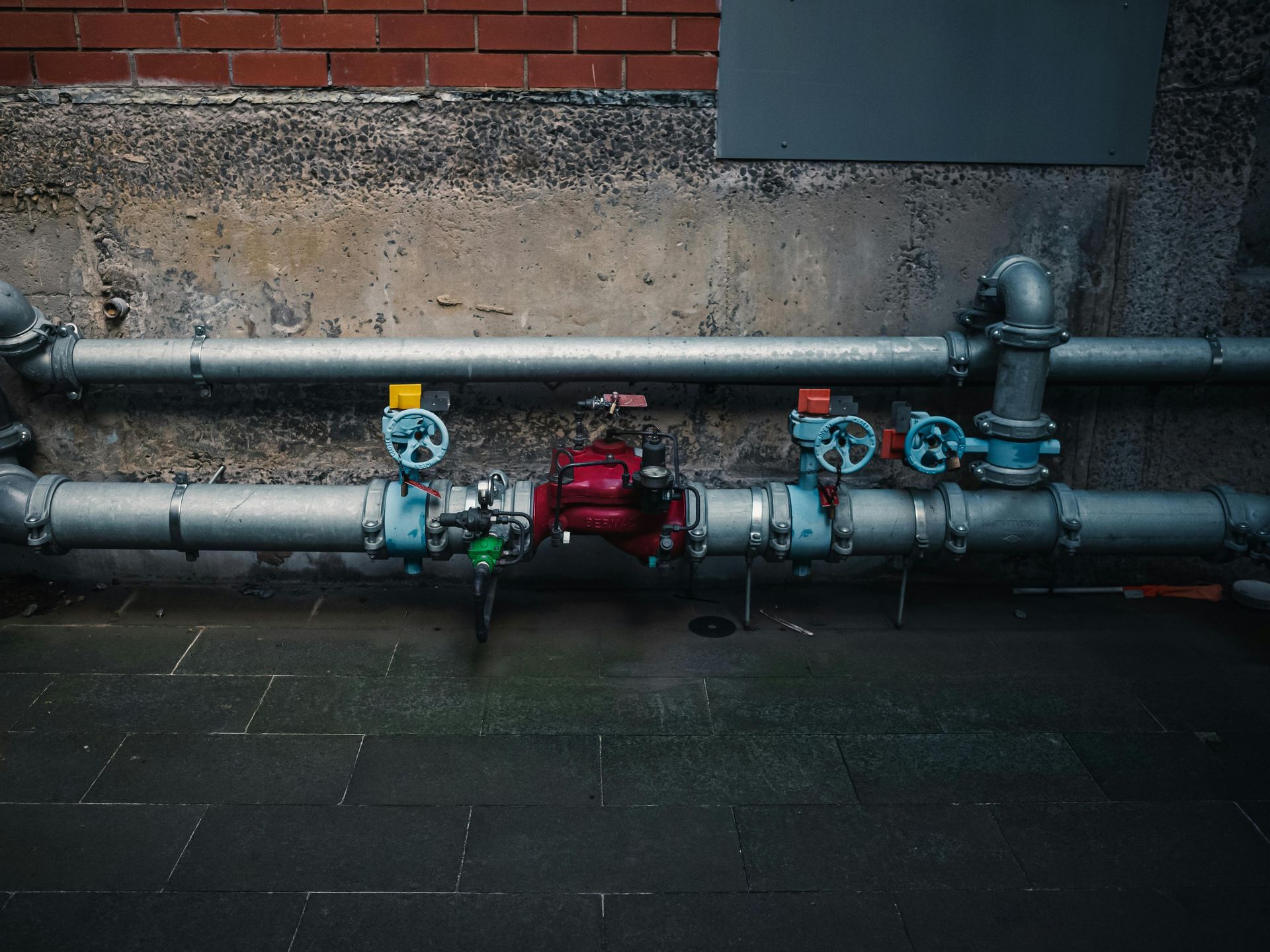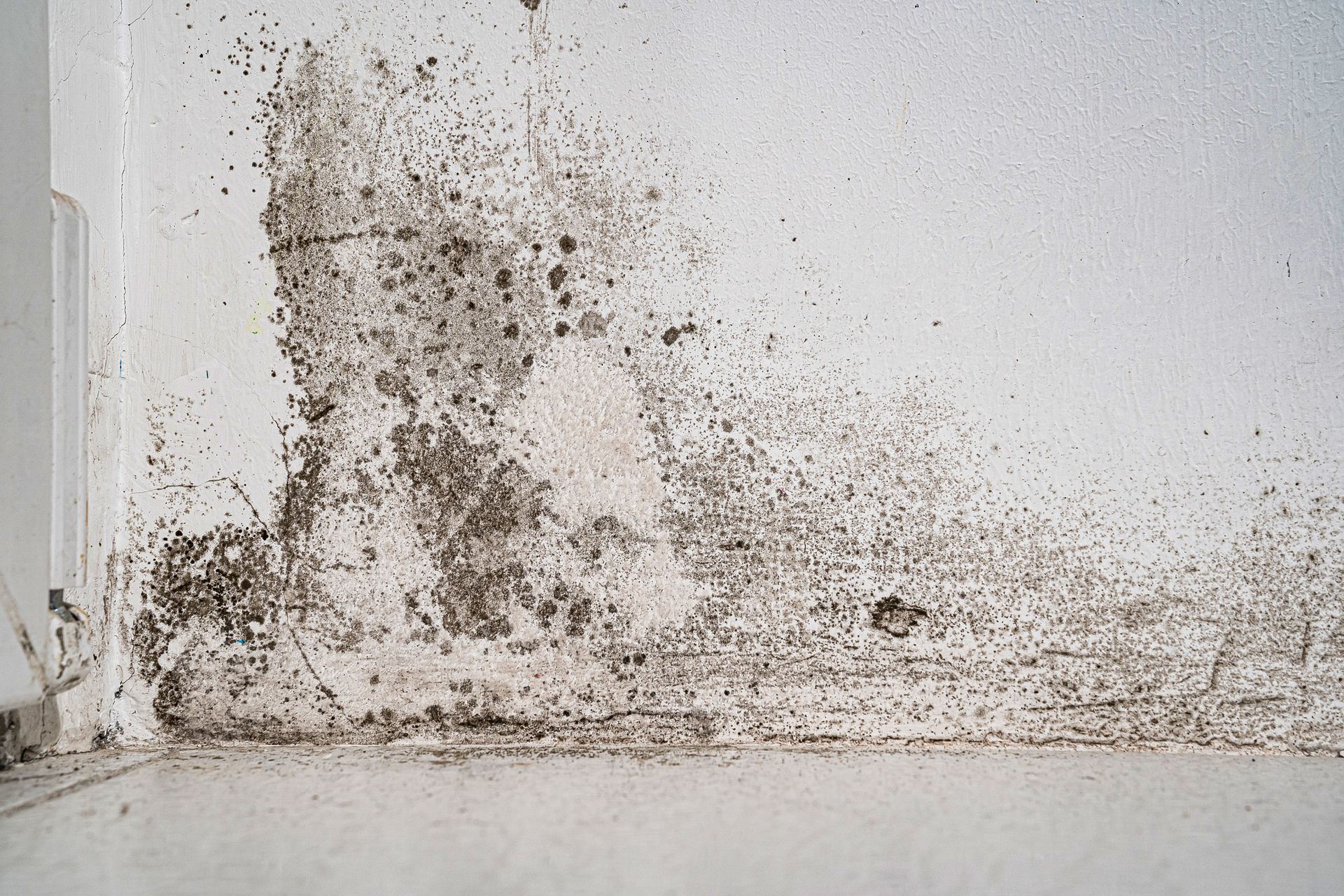Don't Ignore the Dangers of Mold in House: What You Need to Know
Mold, a ubiquitous feature in many homes, thrives in damp, warm, and humid conditions, commonly manifesting in areas like basements, bathrooms, and kitchens. This fungus not only compromises the structural integrity of buildings but also poses significant health risks to occupants. The dangers of mold in house environments cannot be understated, ranging from allergic reactions and respiratory issues to more severe health complications. In this article, we will explore the intricacies of mold growth, identify the prime conditions for its proliferation, and discuss effective strategies for its prevention and removal. Understanding these aspects is crucial for maintaining a healthy living environment and mitigating the risks associated with mold exposure.
Health Risks
Exposure to mold poses serious health risks, with studies linking it to respiratory issues, allergies, and immune system suppression. The Institute of Medicine found evidence suggesting indoor mold exposure is associated with upper respiratory tract symptoms. Different molds release various mycotoxins, impacting health distinctly and necessitating prompt action to mitigate exposure risks.
Allergic Reactions
Individuals exposed to mold may experience allergic reactions, ranging from mild symptoms like sneezing and itchy eyes to severe conditions such as asthma attacks. Certain individuals are more prone to mold allergies due to genetics, underlying health issues, or heightened sensitivity. Understanding personal susceptibility is essential, as reactions vary widely, emphasizing the importance of minimizing mold exposure in living environments.
Respiratory Issues
Mold exposure can exacerbate or even trigger respiratory problems, including asthma, by irritating the airways and compromising lung function. Mold spores can be inhaled, leading to inflammation and obstruction of the airways, which manifests as wheezing, coughing, and shortness of breath. Particularly in individuals with preexisting respiratory conditions, these symptoms can be severe, underlining the critical nature of addressing mold issues promptly.
Headaches and Fatigue
Exposure to mold not only affects respiratory health but can also significantly impact energy levels and cognitive function. The presence of mold can trigger headaches and contribute to chronic fatigue, by releasing toxins that affect the central nervous system. This can result in a noticeable decline in cognitive abilities, including concentration and memory, illustrating the broader health implications of mold exposure.
Irritation
Mold exposure is often linked to irritation of the eyes, nose, and throat, leading to discomfort and aggravation in affected individuals. This irritation is caused by the spores and mycotoxins released by molds, which, when inhaled or come into contact with the mucous membranes, trigger inflammatory responses. This condition underscores the importance of controlling mold growth to prevent these adverse health effects.
Fungal Infections
In some cases, mold exposure can lead to fungal infections, particularly in individuals with weakened immune systems. These infections range from superficial skin conditions to more severe internal issues, such as aspergillosis, which affects the lungs and respiratory system. Different types of mold, like Aspergillus, can cause specific infections, underscoring the need for vigilance and prompt remediation to avoid health complications.
Neurological Symptoms
Exposure to mold may also lead to neurological symptoms, including memory loss and difficulty concentrating. The mycotoxins produced by certain molds are neurotoxic, impairing the central nervous system's functioning. This exposure can disrupt neuronal processes, resulting in cognitive deficits and neurological issues. The adverse effects on brain function highlight the critical nature of addressing mold exposures in living and working environments.
Immunological Reactions
Mold exposure can significantly impact the immune system, particularly in individuals with preexisting conditions or compromised immunity. Inhalation or direct contact with mold spores triggers an immunological response, which can range from mild allergic reactions to severe auto-immune conditions. This response is the body's way of fighting off the perceived threat but, in doing so, can lead to symptoms that compromise overall health.
Toxicity From Mycotoxins
Mycotoxins, toxic compounds produced by certain molds such as Aspergillus, Fusarium, and Penicillium, present a substantial health risk upon exposure. While rare, the potential for toxicity is serious, affecting various body systems. Ingestion, inhalation, or skin contact with mycotoxins can lead to severe health effects, including liver damage, neurological problems, and immune system suppression, underscoring the importance of preventing mold growth and exposure.
Sudden Infant Death Syndrome (SIDS)
Although the link between mold exposure and Sudden Infant Death Syndrome (SIDS) is rare, it's a concern for parents. Mold can compromise infants' respiratory health, a factor associated with SIDS. To minimize risks, parents should ensure well-ventilated, mold-free environments, regularly inspect homes for mold signs and maintain clean sleeping areas. Prioritizing these precautions can significantly lower the risk of SIDS related to mold exposure.
Structural Damage
Mold growth compromises the structural integrity of a home, leading to long-term damage such as wood rot, deteriorating drywall, and weakened foundations. Unaddressed, it significantly decreases a property's value, posing challenges in both maintenance and resale. Recognizing and mitigating mold early is pivotal to maintaining a home's condition and market value.
Weakening of Building Materials
Mold infiltrates porous materials like wood and drywall, breaking down their structure and compromising their strength. Walls, floors, and ceilings become weak and unstable, posing significant safety risks. Over time, this deterioration can lead to costly repairs and renovations, underscoring the urgent need to address mold issues early to maintain the structural integrity of buildings and ensure the safety of their occupants.
Compromised Foundation
Mold growth poses a risk to the foundation of a home by seeping into cracks and expanding, potentially causing structural weaknesses. Persistent moisture encourages further mold proliferation, exacerbating the situation. Timely intervention is crucial to halt mold spread, ensuring the foundation's integrity remains uncompromised. Addressing mold growth promptly protects against extensive damage, reinforcing the home's long-term stability and safety.
Decreased Property Value
Mold presence can significantly reduce a property's market value, making it more challenging to sell. Potential buyers are often deterred by the health risks and the anticipated costs of remediation. The stigma associated with mold can lead to decreased buyer interest, necessitating reduced pricing or costly repairs for the seller to make the property appealing again, impacting its overall financial valuation negatively.
Increased Risk of Collapse
Mold-related structural damage significantly heightens the risk of collapse. When mold invades and breaks down essential materials like wood and drywall, it undermines the building's support structures, potentially leading to catastrophic failure. Recognizing and mitigating mold growth early is crucial in preventing such structural disasters. Ensuring timely mold removal can avert the gradual weakening that precedes a building's collapse, safeguarding its occupants and preserving its integrity.
Discoloration, Warping, or Deformation
Mold growth often leads to discoloration, warping, or deformation of building materials, seriously impacting a home's aesthetic appeal. For instance, mold colonies cause unsightly stains on walls and ceilings, while excessive moisture can make wooden elements warp or bulge. Such visible damage not only diminishes the beauty and comfort of living spaces but also signals underlying structural issues that necessitate immediate attention.
Unpleasant Odors and Reduced Indoor Air Quality
Mold growth is notorious for producing distinct, musty odors, significantly reducing indoor air quality. This compromised atmosphere can exacerbate respiratory conditions, trigger allergies, and impair overall health and well-being. Individuals living or working in such environments may experience persistent discomfort and health issues, highlighting the pressing necessity for effective mold management to ensure spaces remain safe and conducive to health.
Increased Potential for Pest Infestations
Mold growth creates a hospitable environment for pests, including insects and rodents, drawn to the moisture and decomposition. These pests can exacerbate mold issues by further damaging building materials and spreading mold spores throughout the structure as they move and nest. Consequently, their presence not only complicates mold remediation efforts but also introduces additional vectors for mold distribution, escalating the problem and underlying damage.
Increased Potential for Future Water Damage or Mold Growth
Mold growth often indicates underlying moisture issues within a building, such as leaks or condensation, serving as a warning sign for potential future water damage or mold proliferation if not addressed. Ignoring these indicators can lead to a vicious cycle of repair and recurrence, emphasizing the importance of identifying and rectifying the source of moisture to prevent extensive damage and ensure a healthy indoor environment.
Identification and Prevention
Identifying mold growth in a home involves being vigilant for visible signs and distinctive odors. Mold can appear as patches of green, black, white, or even orange fuzz on surfaces or in corners where moisture accumulates. A musty, earthy smell often accompanies mold presence, particularly in areas that are prone to dampness, such as basements, bathrooms, and around leaks. It’s crucial to inspect for mold in hidden spaces like under carpets, inside walls, or above ceiling tiles.
Preventing mold growth is fundamentally about controlling moisture within a home. Ensure proper ventilation in high-humidity areas such as kitchens, bathrooms, and laundry rooms to minimize moisture accumulation. Utilizing dehumidifiers and air conditioners during humid months can also significantly reduce indoor moisture levels. Promptly addressing water damage and repairing leaks is paramount to preventing mold proliferation. Inspect pipes, roofs, and windows regularly for signs of leaks and fix any issues immediately. Furthermore, ensuring that the ground slopes away from your home’s foundation can prevent water from accumulating around the building, mitigating the risk of mold growth. Adopting these methods not only prevents mold but also contributes to a healthier living environment by maintaining optimal indoor air quality.
Remediation and Removal
Mold remediation and removal is a complex process that demands a strategic approach to ensure the safety and health of the occupants and the integrity of the structure. Initially, the remediation process begins with a thorough inspection to identify the extent and type of mold present. This step is crucial for developing an effective remediation plan. Following inspection, containment measures are implemented to prevent the spread of mold spores to other areas of the building. This step often involves the use of physical barriers and negative air pressure.
The removal of mold-infested materials is a critical phase, as these materials can harbor mold spores that may lead to future growth if not properly discarded. Affected areas are then cleaned and sanitized using specialized products to eradicate any remaining mold spores. Addressing the source of moisture that contributed to mold growth is essential to prevent recurrence.
Working with a professional mold remediation company is paramount. These experts possess the necessary equipment, techniques, and protective gear to remove mold safely, ensuring that the process does not exacerbate health issues such as eye irritation or respiratory problems. When selecting a mold remediation company, it is essential to choose a reputable and reliable firm with proven experience, appropriate certifications, and positive reviews from previous clients. This selection ensures that the remediation process is conducted thoroughly, safeguarding the health of the building's occupants and the structure's integrity.
Fight the Mold in Your Home With First Call Restoration
At First Call Restoration, we specialize in decisive and effective mold remediation and prevention services. Our team of certified experts leverages the latest technology and proven techniques to eliminate mold and address the root cause of its growth. Whether you’re facing an immediate mold issue or looking to prevent future problems, First Call Restoration is your trusted partner. Our commitment to quality and customer satisfaction ensures your home remains safe, healthy, and mold-free. Don't wait for mold to compromise your health or property value. Contact us today for a comprehensive assessment and take the first step towards a mold-free home.
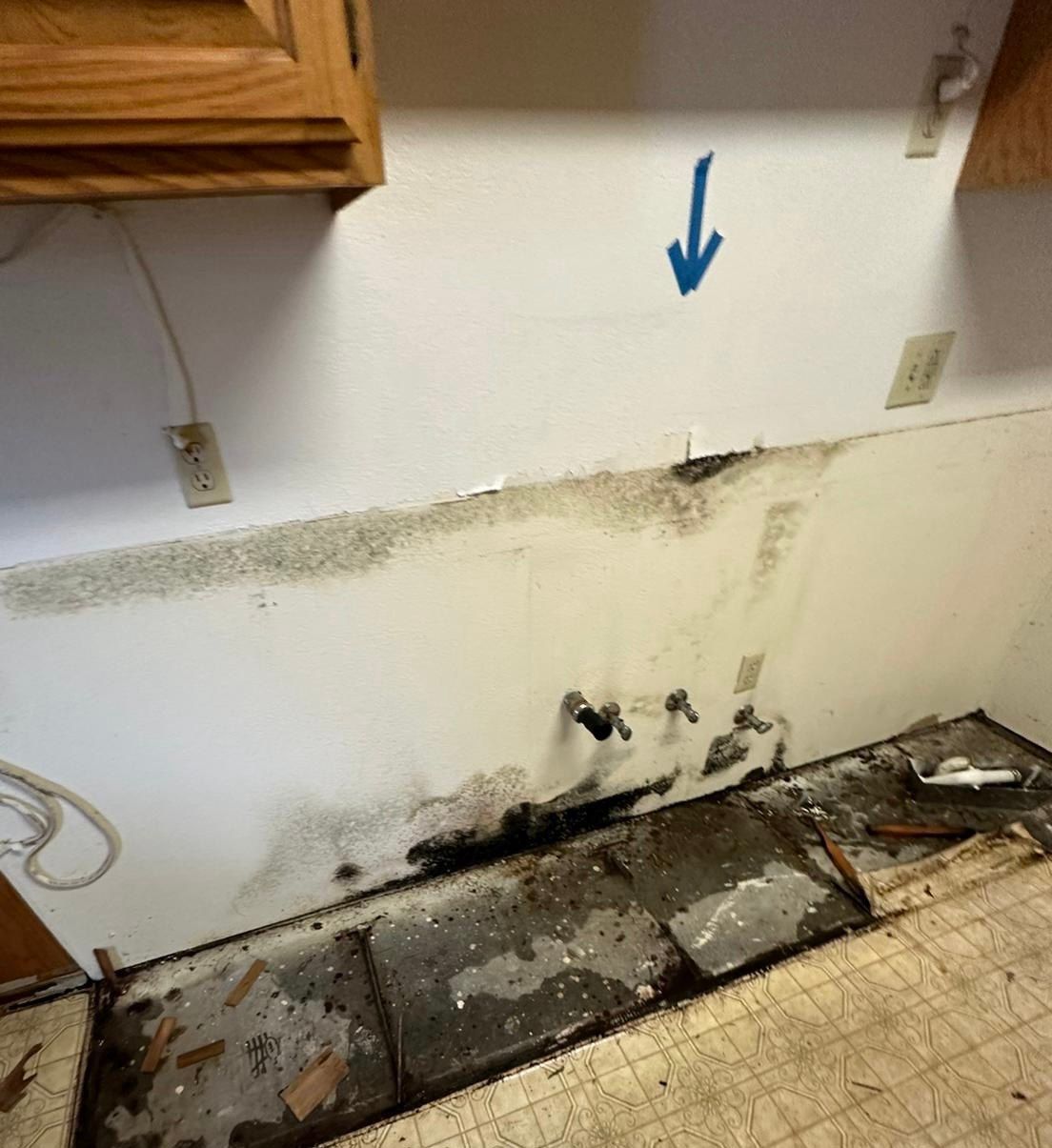
Quick Links
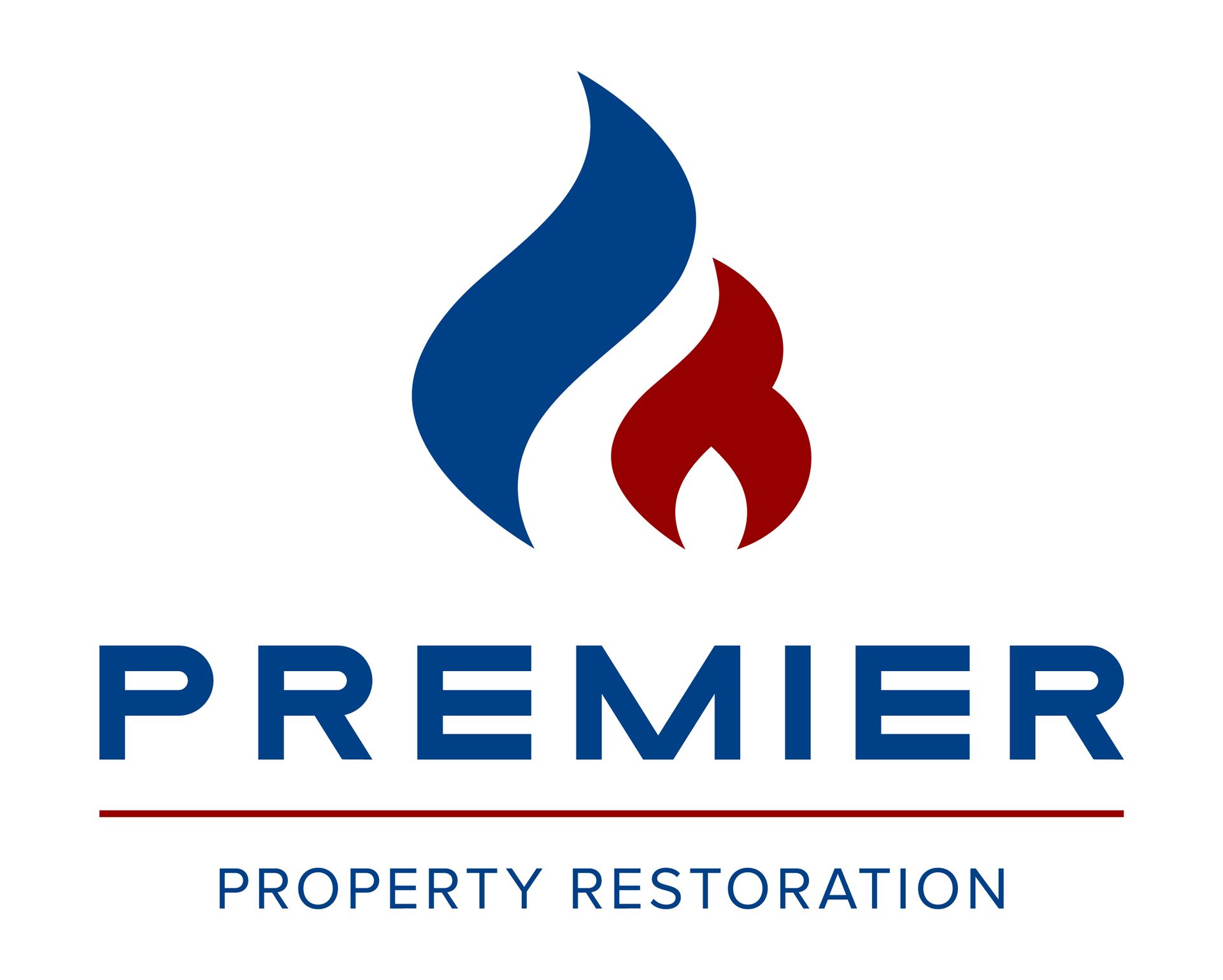
Premier Property Restoration is a trusted IICRC-certified contractor specializing in water, fire, and mold damage restoration in New Orleans and the surrounding areas. With a commitment to rapid response and high-quality service, we ensure your property is restored efficiently and effectively. Our expert team handles everything from emergency response and damage assessment to thorough cleanup, sanitation, and reconstruction. Accepting all insurance claims, we aim to make the restoration process as seamless as possible. Choose Premier Property Restoration for reliable, professional restoration services that prioritize your peace of mind and property safety.
Office Locations
Premier Property Restoration of New Orelans
4955 W Napoleon Ave #3102, Metairie, LA 70001
© 2023 • Premier Property Restoration • All Rights Reserved

